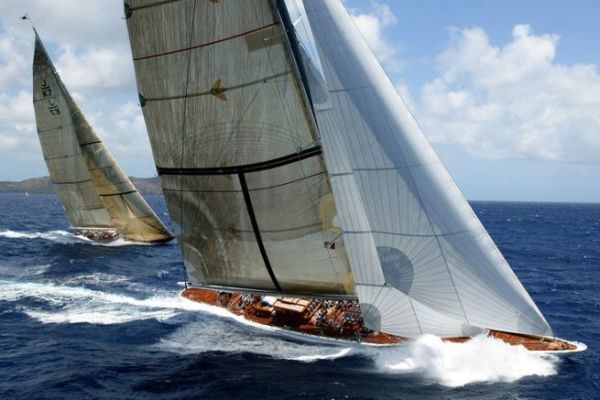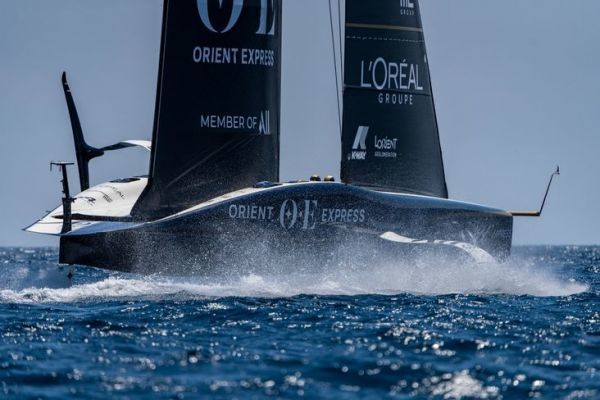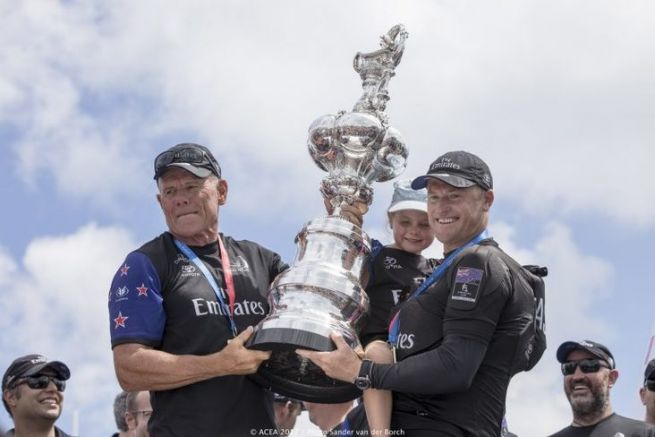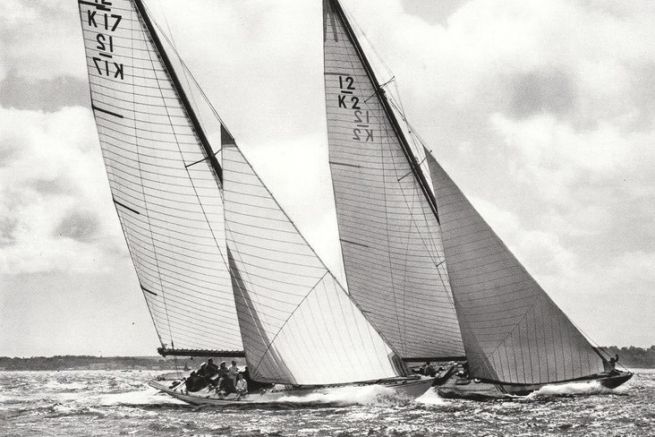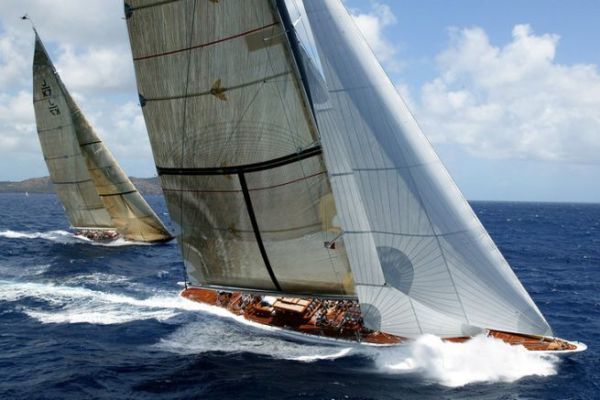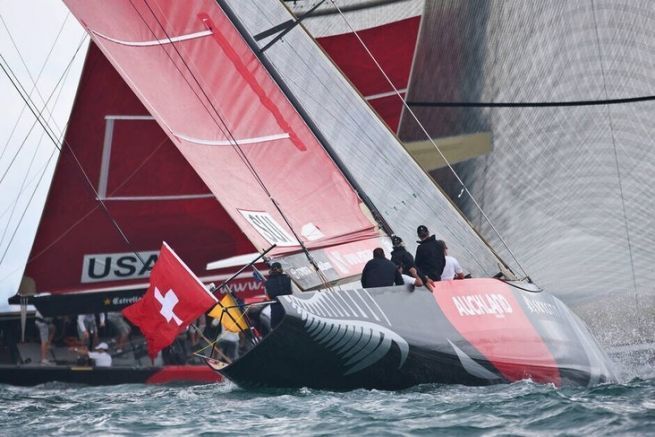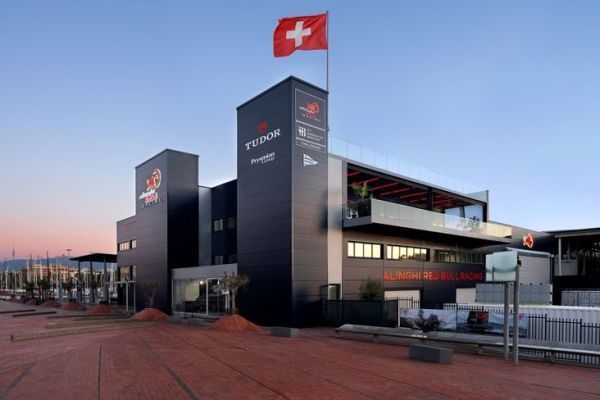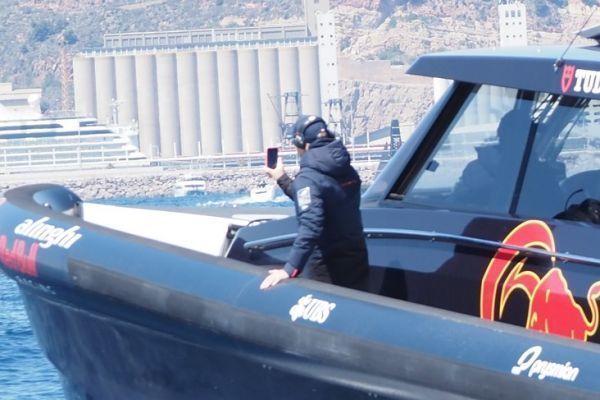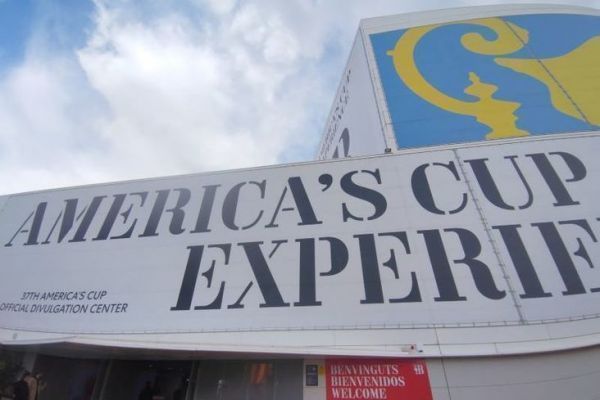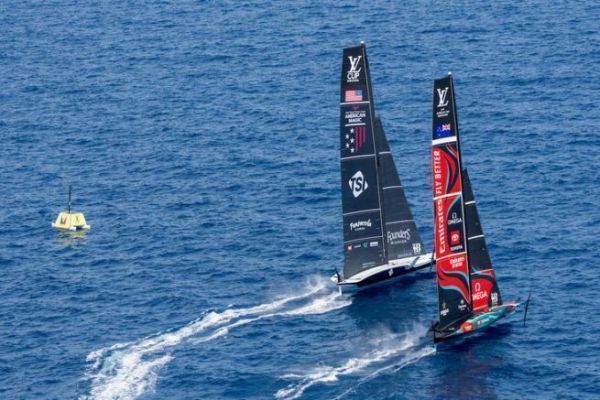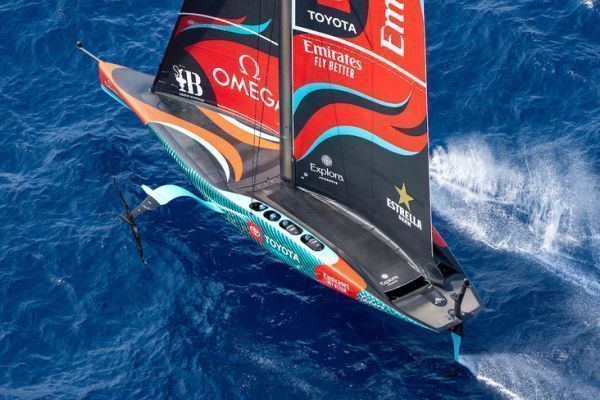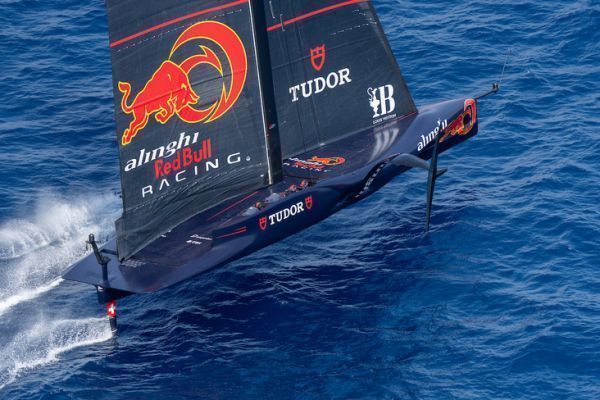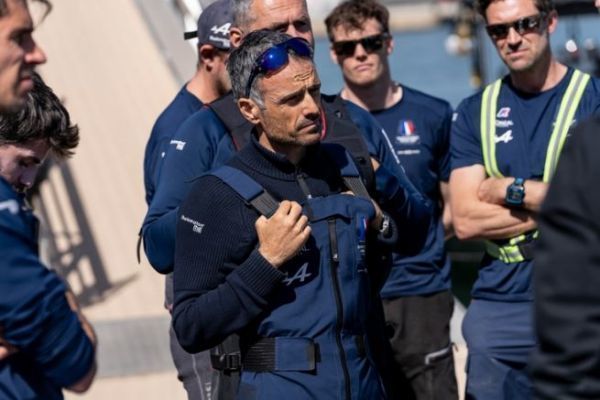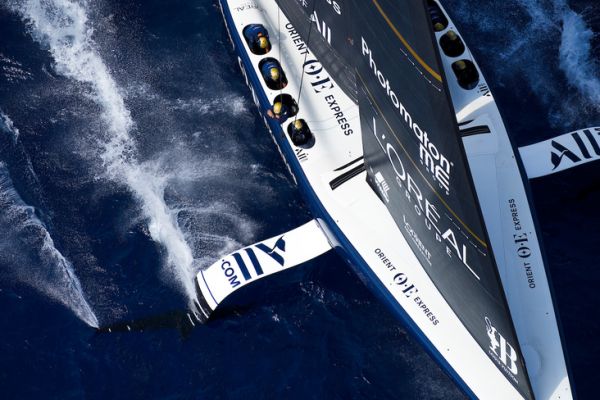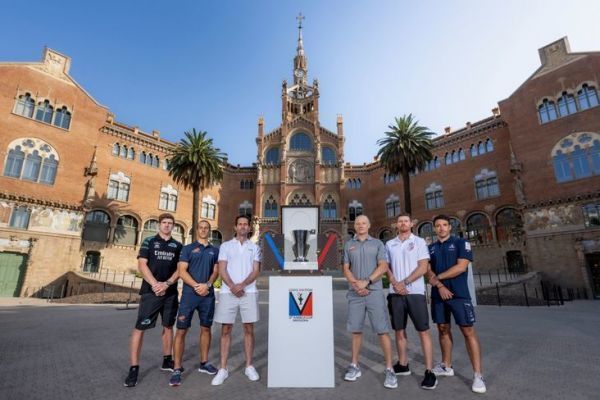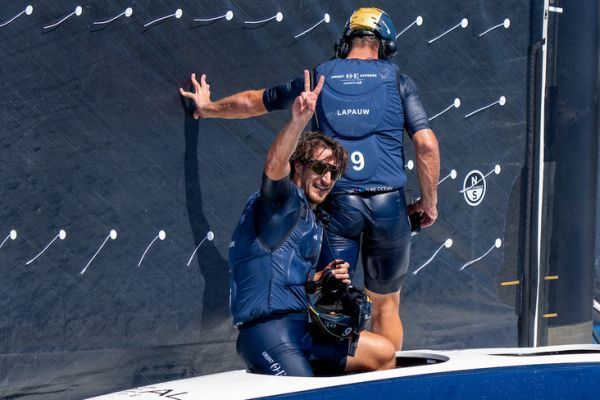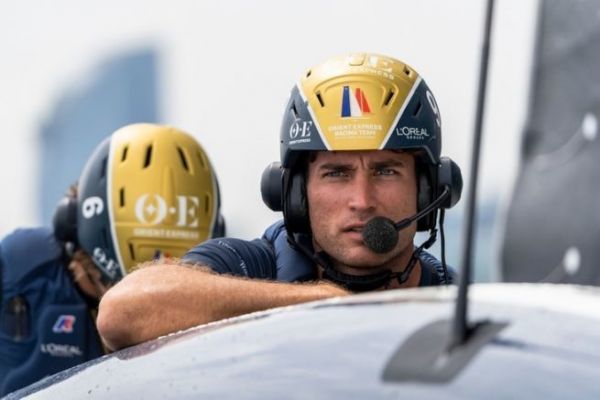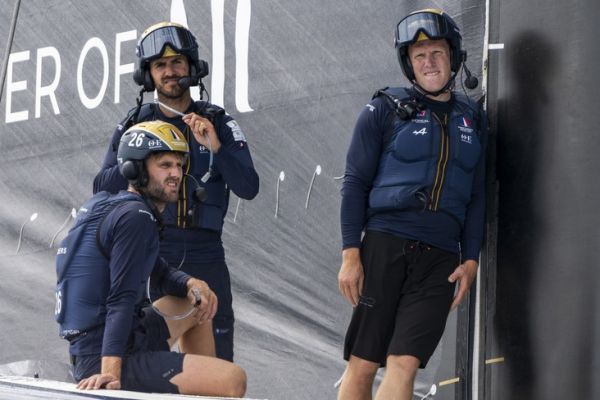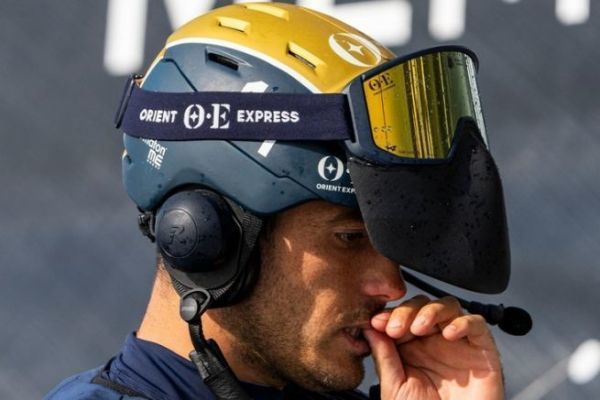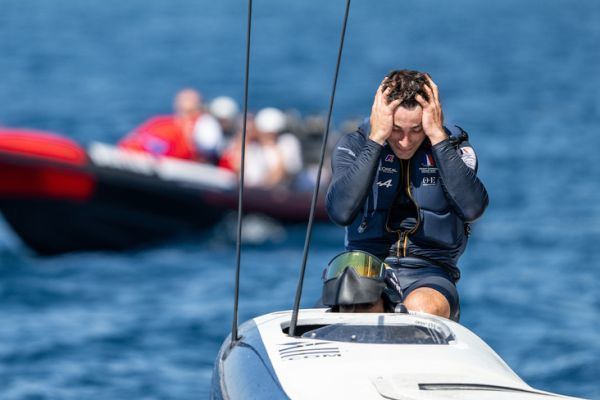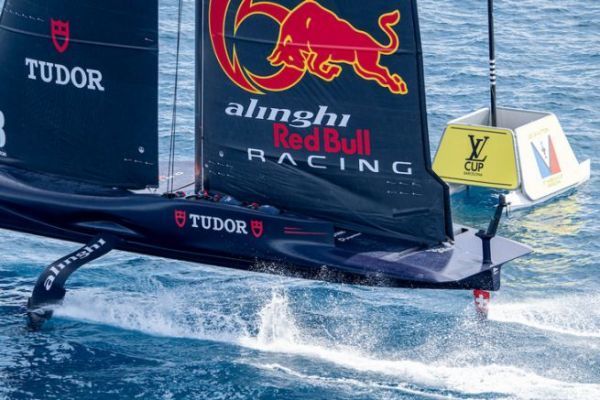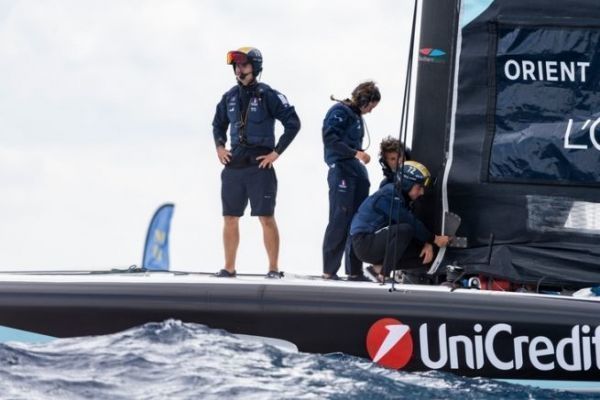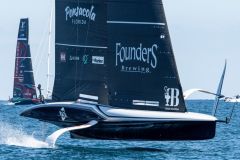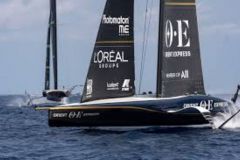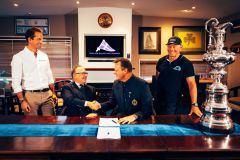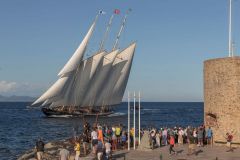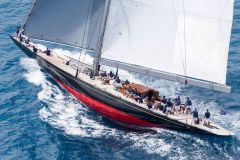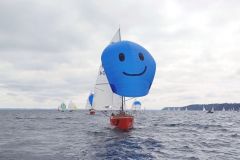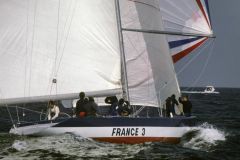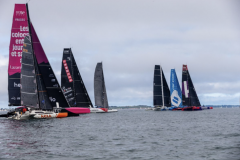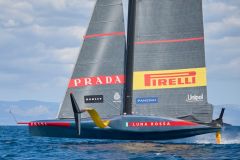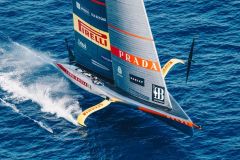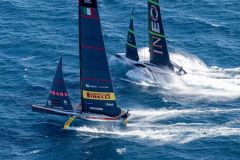The first regattas of the Cup in real time
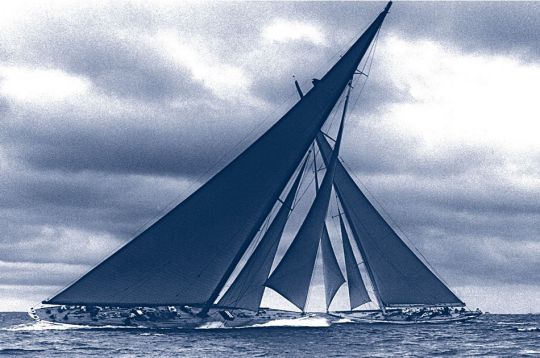
For the 1930 edition, the unions decided to adopt the "Class J", whose rating was to be fixed. For the first time in the history of the Cup, the competitors no longer ran in compensated time, but in real time. The first to cross the line is declared the winner! The Class J are defined according to the Universal Gauge, a rule published by the American architect Nathanael Herreshoff in 1903. The heavy gaff rigging was abandoned in favour of a Bermuda rig.
1930 : The little English thumb in front of a horde of Americans
For this 14th edition, the English challenger is building Shamrock V, a yacht of nearly 36 metres. With its wooden hull on a steel frame, its displacement exceeds 170 tons.
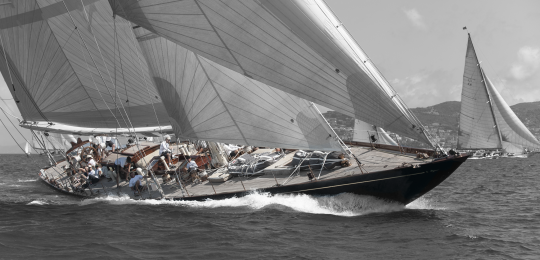
The Americans will present four Class J to face the representatives of the crown: Whirlwind, Resolute, Vanitie and Enterprise. The latter is the first racing yacht to be equipped with a duralumin mast, which gives her an undeniable advantage in close-to-wind conditions.
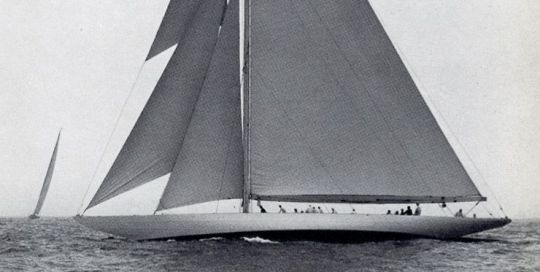
Enterprise is also the first J Class to be fitted with modern deck fittings, with nearly 23 winches on its deck plan. Victory is clear, as Enterprise won the Cup by 4-0 against Shamrock V. But this resounding victory did not allow it to escape deconstruction in 1935, just five years after its launch.
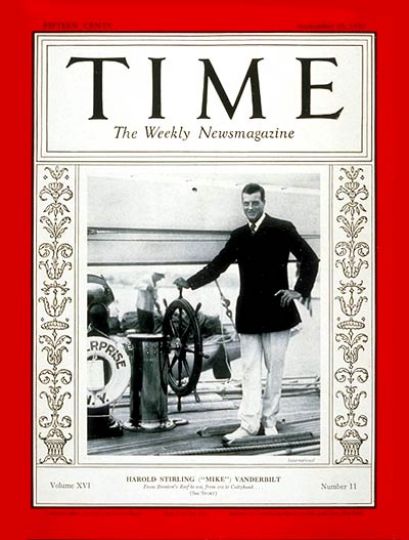
1934: a social movement upsets the prognosis
Financed by the industrial aviator Thomas Sopwith, the British members of the Yacht Club of Squadron decided to redouble their efforts and had Endeavour built, 39 m long and with a displacement of 143 tonnes.
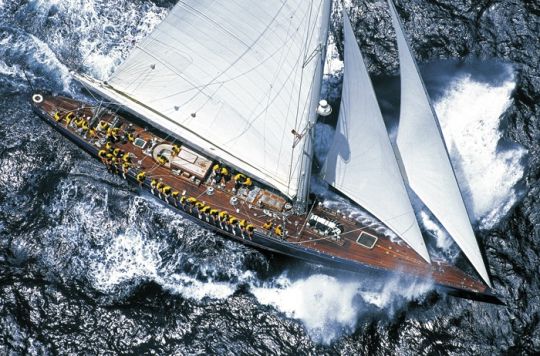
The sailboat is well born. The duel with Rainbow's Americans is shaping up to be a fierce one. The American defender has a heavier and slower Class J for the start phases. Its lively works have the particularity of being bronze sheets riveted on steel frames. Endeavour won the first two races. But financial problems put a strain on the confidence of the English crew, and some of them left the boat from the third regatta onwards. The deserters will be replaced by passionate, but nevertheless amateur sailors. Faced with a disparate and untrained English crew, the American won the next four regattas and won this 15th edition.
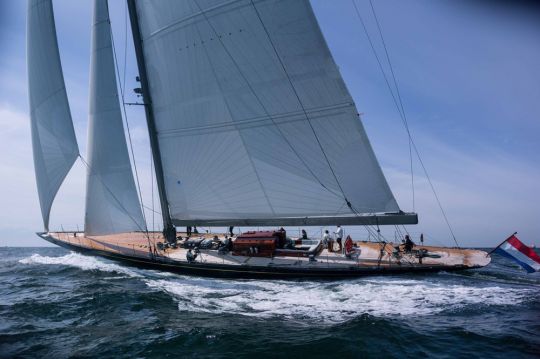
Because of the particular design of the live works, Rainbow turned out to be a mass of electrolysis and had to be scrapped in 1940.
1937: the last edition on Class J
For this 16th edition, the English challenger is exploiting the gauge in its last trenches. The British architect Charles Nicholson designed Endeavour II, with a maximum authorised length of 41.40 m.
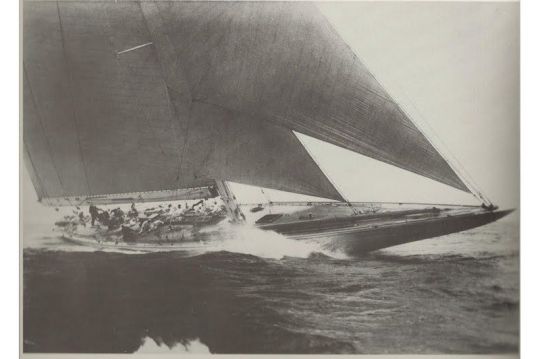
In the American camp, Harold S. Vanderbilt financed an expensive campaign of tank testing. Supervised by architect Oli Stephens, the construction of the Defender Ranger will take place at the Bath Iron Works in Maine. Harold S. Vanderbilt won his third Cup in a row, joining Charlie Barr as a three-time Cup winner.
Many innovations still present today
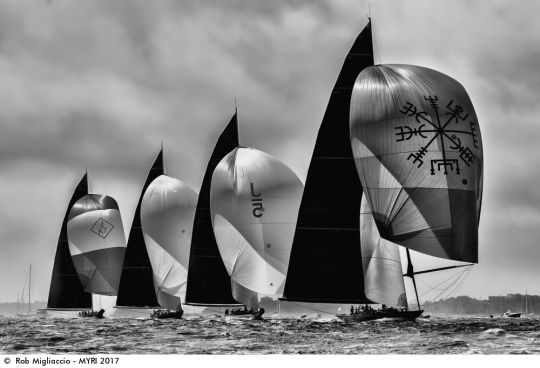
The many innovations tested on the J Class are still relevant today and some of them can be found on our contemporary yachts:
- guying in profiled rod
- boom and mast groove replacing wooden rings
- the multiplication of spreader stages to ensure better mast support
- electronic instrumentation, in particular the wind vane anemometer
- wide boom "Park Avenue"
- aluminium mast and standardization of genoa on tall ships
What happened to the Class Js?
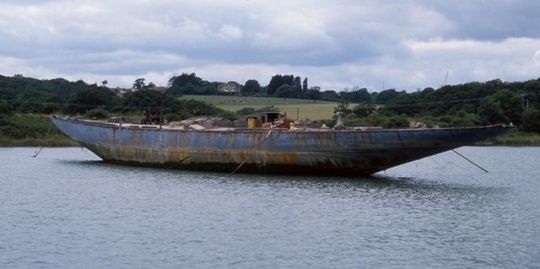
The Second World War put an end to the J-Class on the America's Cup. Only three of them survived the conflict. The others were stripped of their lead to join the war effort. After the war, the J-Class boats were considered too expensive and were replaced by the J-Class boats at the 12m JI on the Cup .
But a handful of wealthy skippers decided to bring these giants back to life and launched costly restoration projects in the 2000s. Because they had to cross the Atlantic to get to the regatta site, the British J Classes were better built than their American counterparts, and suffered less from the ravages of time.
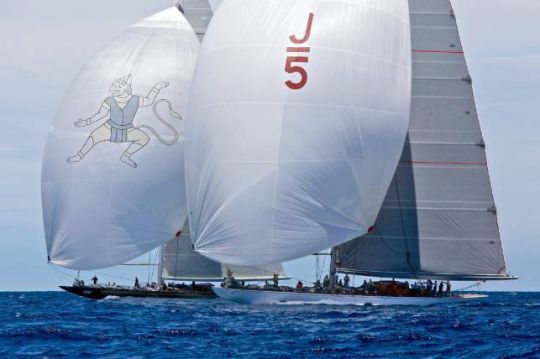
Shamrock V and Endeavour were thus saved from the mudflats in which they were rotting. The missing Class Js were replicated with the original measurements. To this day, nine J Classes continue to compete on a world circuit.
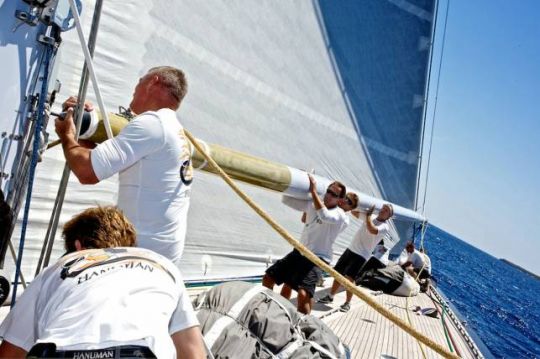
They have lost none of their excess and continue to turn heads. Eric Tabarly admitted that "when it comes to boats, I've never seen anything so beautiful. No one has ever contradicted him.
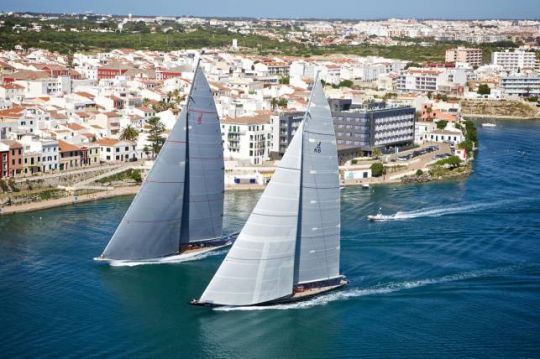

 /
/ 